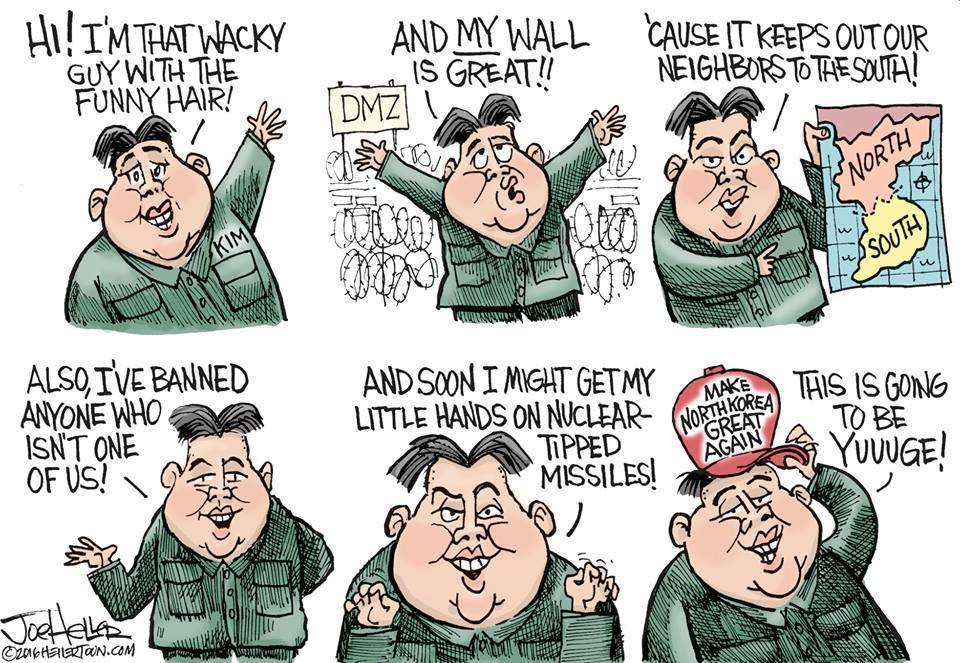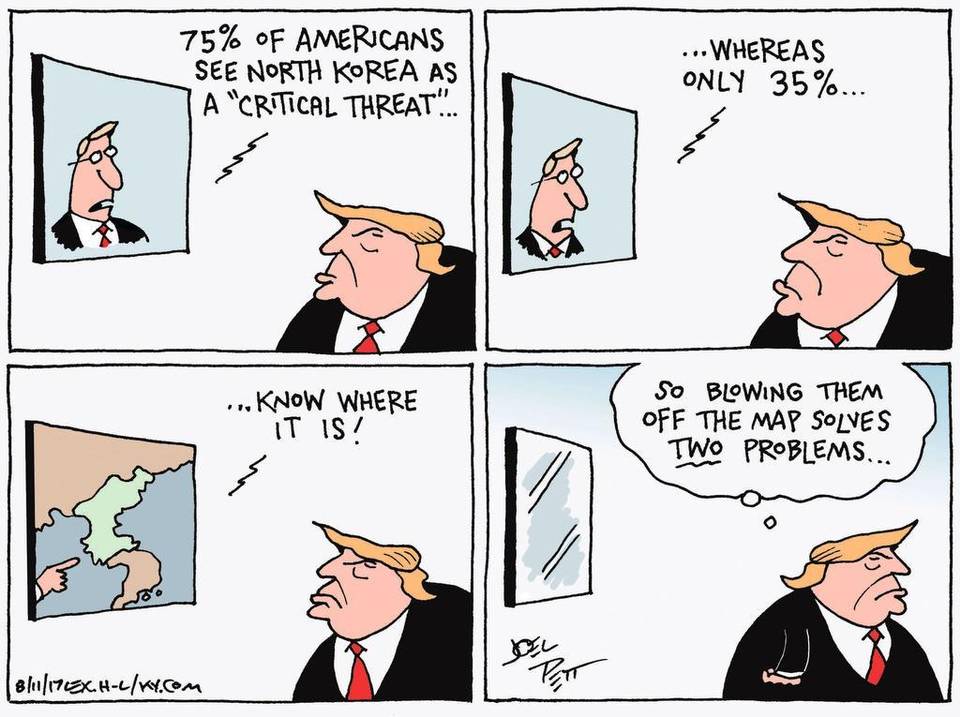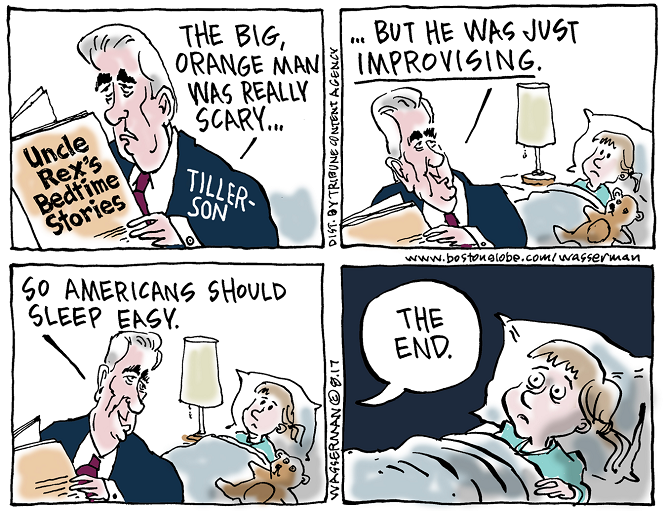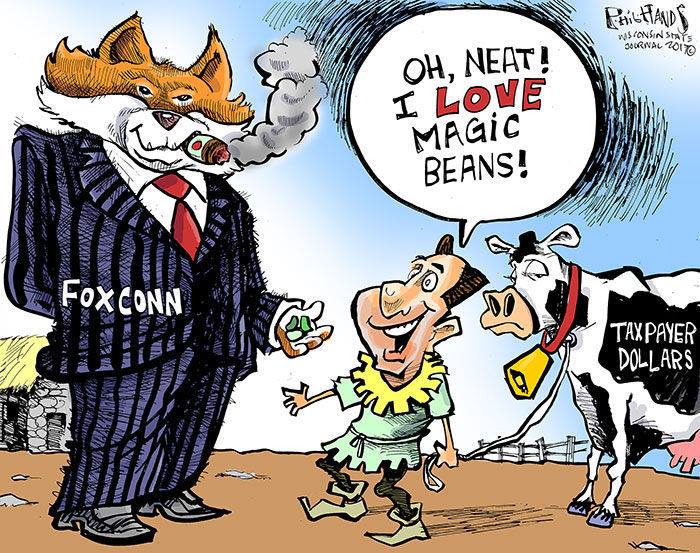No
one becomes a China expert in 10 days. But, some things seem clear. China is said
to be part of the Third World. That is misleading, since much of its population
lives in a near-first world environment, enjoying the fruits of a remarkable
advance in China’s standard of living in the past 20 years. China’s government
has succeeded in improving the lives of hundreds of millions of people, even
while depriving them of political liberty. Still, much of China remains a brutal
and poor place, and a significant number live in a third world economy.
For
the two decades since Tiananmen, the overwhelming majority of young Chinese
have been apolitical, and the 25th anniversary of that event passed
without mention in Shenzhen. The “Great Wall” of Internet censorship prevented searches on any of the key words about Tiananmen.
The basic contract has been an understanding that the government
will grow the economy rapidly, that conditions of life in the cities will
continue to improve, that most people will become financially comfortable. Roland
Soong, a Chinese author, has said:
The
new members of the middle class won’t bet their apartments, cars, television
sets, washing machines and hopes, on a prayer
There
is no alternative to the contract. No one speaks critically of the Chinese government,
except in Hong Kong.
We
spent 7 days in Shenzhen proper and its Shekou district. In Shenzhen, we walked
the crowded main shopping street on a Sunday. The department stores were packed
with young families. Housewares were expensive. We saw woks costing nearly
$500, but young couples were purchasing these expensive household goods. We saw
families checking out what we would call efficiency apartment-sized
refrigerators, with double doors and freezer below that were selling for the
RMB equivalent of $6,000. There were 5-10 Android and iPhone stores in the
space of a few blocks. We saw 4 McDonald’s and 3 Starbucks in a 15 minute walk
from the hotel.
Shenzhen
is a construction site, with a new subway project going through downtown, and office
towers going up all around the city. Here is a sign on the Subway construction
project underway outside our hotel:

The
sign says: “Empty talk endangers the
nation, practical work brings prosperity”. Words to live by in China.
One
of the more interesting aspects to life in China is the omnipresence of TV
cameras on all streets and in the subways. We asked our host about whether the
cameras made her feel safe or threatened. She said “safe”, and told about a
time when her husband and their children’s nanny got separated after a
misunderstanding as to where/when to meet. After an hour of searching for the
nanny, who didn’t have a mobile phone, they contacted the police, who searched the available video, found the
nanny with the two kids, sitting in a subway car. She was headed back to the
couple’s apartment. They were able to meet her a short way from home.
In
a nation of economic strivers, the premise is that CCTV helps locate kids and
oldsters who have wandered off. Never mind the other purposes for surveillance.
Another
autocratic government makes the often-said point: “If you have nothing to hide, you have nothing to fear”. That
is originally attributed to Goering, but you will hear it said in America
today, and it pertains in China as well.
Empty talk
hurts the nation, CCTV is a boon to finding lost children. George Orwell would have a
field day with all that. He called this “blackwhite”:
Loyal
willingness to say that black is white, when Party discipline demands it
Evan Osnos,
in his book about China, “Age of
Ambition”, quotes publisher Lu Jinbo:
In
China, our culture forces us to say things that we don’t really think. If I
say, ‘Please come over to my place for dinner today,’ the truth is I don’t
really want you to come. And you’ll say, ‘You’re too kind, but I have other
arrangements’…All Chinese people understand that what you say and what you
think often don’t match up
Ms. Oh So
Right spoke at the Shekou People’s Hospital. Shekou is a district of Shenzhen.
It was the first hospital in China to receive accreditation by The Joint
Commission International (JCI). This accreditation is sought by many American
hospitals, is difficult and expensive to get, and not all have it. Shekou
received theirs in July, 2013. The 15 story, 2 wing building was modern with
all medical disciplines represented. It was an extremely busy place, with the
main floor packed the patients and visitors, and a huge pharmacy. In the lobby,
there was a huge electronic board which listed
all the services offered by the hospital, with their associated price.
Below is a picture of the services board:

The above picture is a blow-up from an entrance hall photo. The column on the left is the
service code, the next is a description of the service and the third column
from the left is the price. Say what you will about private enterprise, we will
never have that kind of transparency in the US.
The hospital’s
elevator directory showed that it has a broad and deep service offering:

We then traveled about 25 miles out of Shenzhen to the popular tourist destination of
Dameisha. In Dameisha, Ms. O So Right was speaking at a national convention of nurses
about the need for critical thinking to improve quality care and patient
safety. We stayed at the convention hotel. It is an older tourist hotel,
decidedly mid-level. Yet the parking area held a new Bentley, 2 Porsche
Cayenne’s, a Land Rover, several Audis and VW’s. Cars may not be a perfect
proxy for wealth, but clearly, some guests at the hotel had serious dough. BTW,
most of the hotel guests that day were
Chinese nurses. Here is another hotel on the beach in Dameisha:

This
modern hotel is in a rural area that caters exclusively to the people of
Shenzhen. Interestingly, we saw no satellite dishes on any non-governmental
building while in China, until we got to Hong Kong. Though we did see rooftop
solar on even some modest Chinese apartment buildings:

Despite
all of the Obama administration’s political rhetoric about terror, and/or about
Russia, China is America’s prime competitor in this century, and it should be
our focus. Our efforts should not be to “contain” them politically or geographically.
Instead:
- We
should be working to out-build them with modern infrastructure
- We
should be trying to out-work them to win global markets
- We
should be out-pacing them in education
The
South China Post had an
article today about how Chinese families see education as their way out of
rural poverty. The focus of the piece was on the Chartered Financial Analyst
(CFA) certification, which is an international certification that many analysts
on Wall Street and in other global financial centers hold. A CFA and some
experience can garner a $100k salary on Wall Street. This year, some 150,000 people globally took the exam; 25,000 of
them live in China. Another 6,000 Hong Kong candidates took it as well. That’s about 21% of all who took the exam.
America
is supposed to be the home of superstar financial engineers, but maybe this is
another area in which we will be eclipsed by China in a few years.
So,
just when many Americans are thinking advanced education is a waste of time,
the Chinese are trying harder. Many of those in attendance at Ms. Oh So Right’s
talks were striving for additional education and the larger salaries and autonomy that comes
with the advanced learning.
What
can we learn from our prime competitor? Can we use what we learn to compete more
effectively with China and make this a richer, safer country for all of us?
Do
we have what it takes to improve the standard of living for tens of millions of
our citizens? Quick and dirty is no way to solve any of our real world problems.
We
need to try harder. Like the Chinese, maybe?






















